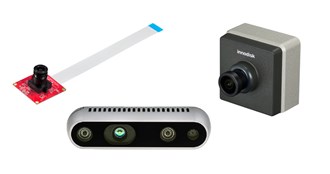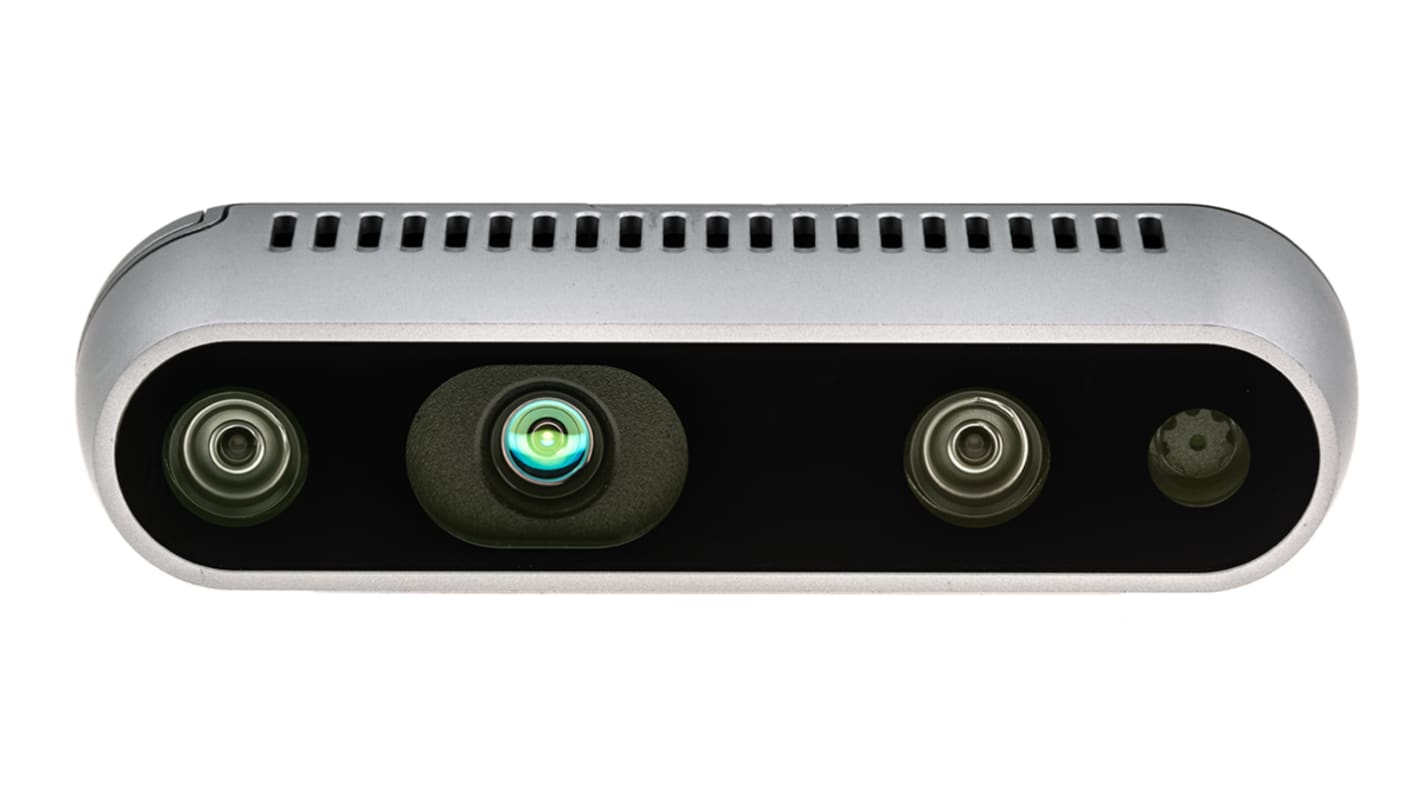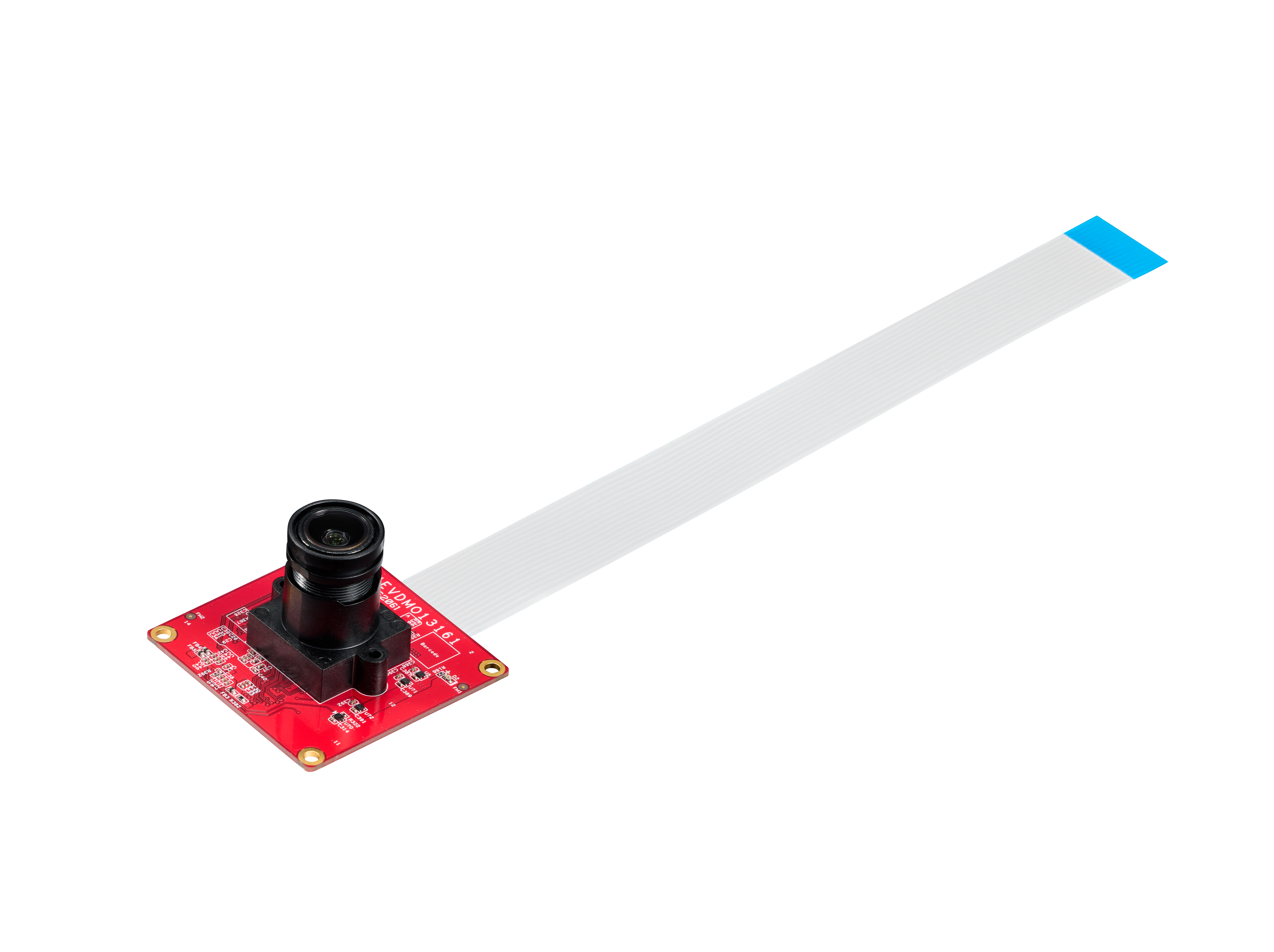Tech Talk
USB, GMSL and MIPI: Choosing the Right Camera Interface

Last updated 1 May 2025
Edge AI is making a storm in the industrial world now. The rise of embedded vision within has driven a huge demand for high-performing, reliable, and flexible innovative cameras. Be that capturing machine vision data in factories via robots, vehicle monitoring, or enabling AI inference at the edge, it's happening - and choosing the right camera interface is key to achieving the desired balance between image quality, latency, and integration complexity.
With this comes some key interfaces and connectors in the camera solution world, based on USB, GMSL and MIPI. They all have their own strengths within certain use cases, so let's dissect that somewhat.
USB Cameras
When it comes to simplicity, USB (Universal Serial Bus) is the most widely adopted interface and connector for cameras across industrial scenarios, with broad platform support.
Key Features
- Plug-and-play compatibility with Windows and Linux systems
- UVC (USB Video Class) compliance for driverless integration
- Wide compatibility with single-board computers
- Support for high resolutions, often up to 1080p or 4K
- Cost-effective and easy to prototype or deploy at scale
Use Cases
- Edge AI devices running computer vision models
- Kiosks and vending machines with vision-based user interaction
- Smart retail and signage, using face detection and demographic analysis
- Logistics and inventory scanning, enabling object detection with minimal compute overhead

GMSL Cameras
GSML (General Serial Media Link) is a proprietary high-speed serial camera interface, optimised for embedded applications where space, power, and signal integrity are critical. GSML offers greater layout flexibility.
- Slim, low-profile connector for ultra-compact designs
- Optimised for long-distance signal transmission over single or dual cables
- Low power consumption, making it ideal for battery-powered or thermally constrained systems
- Supports image resolutions up to 8MP with high frame rates
- 15 meter cable length and IP67 solutions available
Use Cases
- Medical devices, where camera size and cable routing flexibility are key
- Embedded handheld terminals, such as barcode scanners or mobile data collectors
- Surveillance drones and robotics, requiring lightweight, durable, and low-latency video feeds
- Space-limited industrial control systems, where traditional interfaces like USB are too bulky
MIPI Cameras
MIPI (Mobile Industry Processor Interface), particularly MIPI CSI-2, is the standard interface for camera modules in mobile and embedded systems, offering exceptional speed and efficiency.
Key Features
- Direct connection to ARM-based processors and SoCs
- High data throughput—ideal for applications needing 60fps, 4K, or beyond
- Low power and low latency, due to efficient protocol design
- Compact footprint, making it ideal for board-level integration
Use Cases
- AI vision at the edge, including object recognition, anomaly detection, and quality inspection
- Autonomous robots and drones, which require fast, real-time imaging and data offload
- Medical imaging and diagnostics, where clarity and detail are critical
- Smart city infrastructure, such as traffic monitoring, surveillance, and smart lighting

In a nutshell
| Interface | Best for | Key benefits |
| USB | Mainstream embedded systems, quick deployment | Plug-and-play, cost-effective, broad OS support |
| GMSL | Space and power constrained designs | Ultra-compact, long-distance transmission, flexibility |
| MIPI | High-performance, vision-intensive scenarios | High-speed, low-latency, direct SoC Integration |
Reliable camera solution for embedded from Innodisk and Intel RealSense
As a trusted supplier of Innodisk products, we offer a complete range of industrial-grade USB, GSML, and MIPI camera modules. These products are designed for harsh environments, 24/7 operation, and tight system integration. Whether you're building a smart factory, developing a portable medical device, or deploying AI at the edge, we can help you select the right interface and module to accelerate your vision project.
What's more, we work with Intel RealSense to supply their stereo depth cameras into the market. These products are more for applications within industrial scenarios that require advanced depth perception, spatial awareness, and 3D mapping - like autonomous navigation in robotics, drones, and AVRs.
Combining both Innodisk's rugged 2D modules with Intel RealSense's 3D cameras, it gives you a complete toolkit for next-generation vision applications, no matter how complex your environment or challenge. Speak to Simms today about their offerings and how we can work these into your systems.